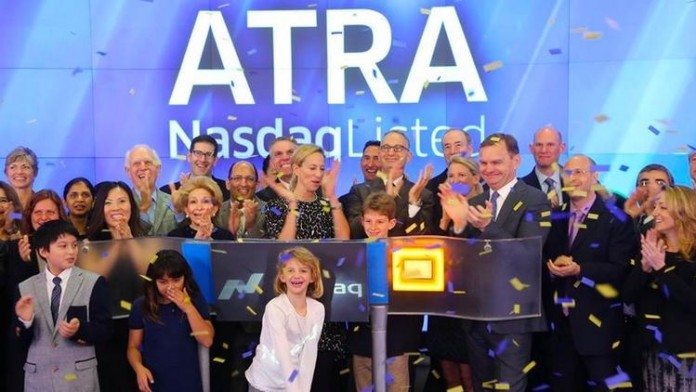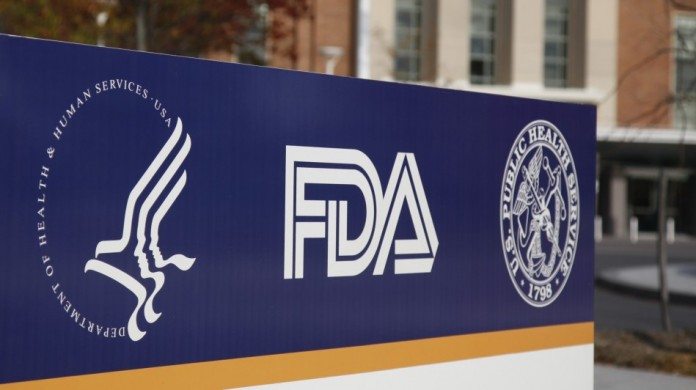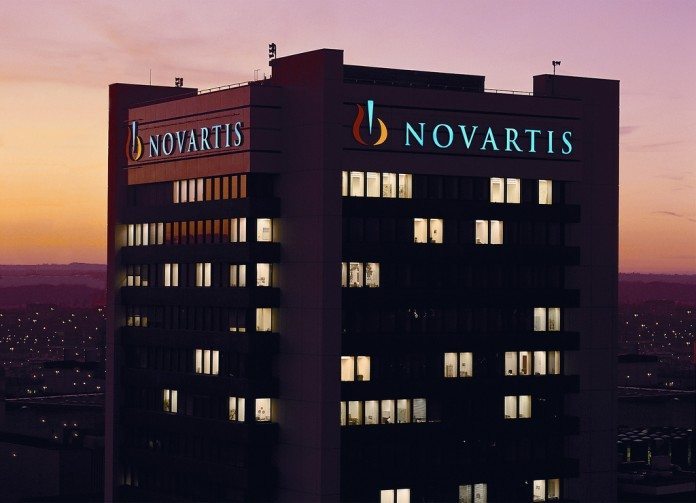Here at Market Exclusive, now and again we like to uncover small caps in the biotech space, and put them under scrutiny. Last week, Bellicum Pharmaceuticals, Inc. (NASDAQ:BLCM) announced it had been selected for inclusion in the NASDAQ Biotechnology (NASDAQ:^NBI). The company is very much in the development stage of its growth, but its inclusion on an index like the NBI (for some) will serve as validation of its potential. We know how volatile the space can be, however, so let’s take a look at Bellicum’s lead candidate in an attempt to gauge its potential.
Ballicum’s lead candidate is BPX-501. To get an idea of how the drug works, and what it is designed to treat, we’ve first got to look at what’s called hematopoietic stem cell transplantation (HSCT). For a number of late stage blood and bone marrow cancers, HSCT is the standard of care treatment. Physicians take stem cells from bone marrow (usually a patient’s, but sometimes from a donor) and store them, while the patient undergoes chemotherapy to the point that the stem cells responsible for producing blood cells are completely destroyed. This concurrently destroys the cancerous cells in the blood, and once complete, the physician grafts (reinserts) the previously extracted stem cells, which replenish the patient’s healthy blood cells. Simple. But there’s a problem. More often than not, a host’s own stem cells can’t be used. To overcome this, a type of HSCT called haploidentical HSCT is employed – essentially a physician uses stem cells from a close relative. However, this means the graft is extremely dangerous – it can lead to what’s called Graft versus Host Disease (GvHD), which is where T cells from the relative attack the host’s vital organs. This means that while the treatment is effective, it is often not used due to its associated risks. This is where Ballicum comes in to the picture.
The company has developed what it calls a CaspaCIDe safety switch, and has incorporated the switch into BPX-501. A patient takes BPX-501 after they undergo HSCT, and the drug sits dormant in their bloodstream. If the patient develops GvHD, they take a second drug, rimiducid, which activates BPX-501. When activated, BPX-501 induces apoptosis (programmed cell death) in the non-host T cells, which stops them from attacking the organs associated with GvHD.
The drug is currently undergoing four separate phase I/II trials, in both the US and Europe, having performed well in two trials over the last few years, DOTTI and CASPALLO. Topline is expected during 2017 from the first two trials, and about twelve months later for the second two. If we can get a repeat of the demonstrated efficacy in the ongoing phase I/II, the company will be ready to kick off what will likely turn out to be a pivotal phase II/III, and submit an NDA sometime around 2019. So, with these timeframes, this is a pretty long game allocation. This doesn’t mean, however, that there wont be any catalysts near and medium term. The nature of the trials – one patient, one treatment – offers up the potential for repeat interim data releases. Whether the company will opt for this approach (as opposed to a topline dump post-completion) remains to be seen, but if it does, Ballicum could be a nice volatility play over the coming 24 months.
So what’s the verdict? Is the company worthy of its recent addition to the Nasdaq index? Well, as mentioned, near term it is difficult to make any solid predictions as to the likelihood of approval for BPX-501, and in turn, success for Bellicum. We can say, however, that the drug looks promising, and is a prime candidate for both orphan designation and accelerated approval. Along with the remaining candidates in Bellicum’s pipeline, there is the potential for triple digit million dollar revenues; revenues that wont start to roll in before the end of this decade, admittedly, but the potential is there nonetheless.
As a speculative allocation, Bellicum looks intriguing. There is risk, of course, with the stock being such a long term play. The clinical development space can be unpredictable and, especially when dealing with something as deadly as GvHD, there is plenty of room for slip ups. Having said this, the market currently values the company at a little over $500 million, which looks low when considered against its cash and equivalent number of circa $100 million, on a burn rate of $10 million. One to watch.














